When a cat's rear legs are unsteady, it's not just a cute quirk. It could be a sign of something more serious.
Is your senior cat's back legs wobbly? This common issue among older felines can stem from various factors, from arthritis to spinal diseases. Fortunately, there are plenty of ways to help your furry friend regain stability.
Let's discuss what causes this condition, how to spot the symptoms early, and what solutions are available to restore your cat's health and vitality. Read up and get your aging kitty back on their paws and moving!
Understanding Wobbly Back Legs in Senior Cats

Wobbly legs in elderly felines are a common concern for cat owners. As cats age, their muscles and joints weaken, making it harder for them to move. If your pet is stumbling or having difficulty getting around, you must investigate the underlying causes.
In old age, cats may wobble due to a combination of possible causes. Think medical problems like joint stiffness, muscle atrophy, or spinal cord issues. For example, elderly, inactive indoor cats often experience stiffness or atrophy.
These conditions can get worse, so early detection and intervention are vital. Understanding what's behind those wobbly limbs can help you figure out the best course of action for your feline bestie's welfare.
Common Conditions That Cause Wobbly Legs in Older Cats
Wobbly back legs in older felines can arise from several underlying conditions. These are some of the common culprits cat owners should watch for:
- Arthritis Pain. Arthritis can lead to joint stiffness, making it difficult for cats to move.
- Degenerative Joint Disease. This involves the breakdown of cartilage, causing discomfort and unsteady movement.
- Intervertebral Disc Disease. Spinal problems, like slipped discs, can affect coordination and mobility.
- Muscle Atrophy. Age-related muscle loss can cause weakness and imbalance.
- Saddle Thrombus (Aortic Thromboembolism). A blood clot can block blood flow to the legs, causing sudden weakness or paralysis.
- Metabolic Conditions. Diabetes mellitus, hypothyroidism, and other metabolic diseases may contribute to discomfort and frailness in the legs.
- Heart Disease. This can impact blood flow, leading to issues like muscle weakness or wobbly legs.
- Kidney Disease. This can affect your cat's overall health and mobility, leading to feebleness in the hind limbs.
Recognizing the Symptoms of Wobbly Back Legs in Cats

As your senior cat ages, subtle changes in their movements can signal something's off. Pay close attention if your feline companion starts to struggle with balance or seems more unsteady than usual.
Some common symptoms that could indicate unstable back legs in cats include difficulty walking, sitting oddly, dragging their hind end, and frequent slips or falls. If you notice any of these, it's best to talk to your trusted veterinarian.
Signs of Mobility Issues and How To Assess Your Cat's Coordination
Assessing your cat's coordination can be tricky, especially when they're older. But some key signs can help you figure things out. Watch how your cat moves, and check for these common problems:
- Wobbly or Unsteady Movement. If your cat's steps seem uncoordinated or they sway while walking.
- Difficulty Jumping. Older cats may avoid jumping up on furniture or climbing stairs.
- Slow Reaction Time. Struggling felines may respond slower to their environment.
- Stiffness in the Rear Legs. Watch for signs of stiffness or resistance when your kitty moves their back limbs.
Natural Remedies for Senior Cats With Wobbly Back Legs
Some simple, holistic options can support joint health, reduce discomfort, and promote overall well-being in our feline friends. From supplements to physical therapies, there are plenty of ways to help your cat stay active. Here are some natural remedies to consider:
- Glucosamine and Chondroitin Supplements. These support joint health and can help reduce discomfort in the legs.
- Omega-3 Fatty Acids (Fish Oil). May help reduce inflammation and promote joint flexibility.
- Joint Support Herbs (Turmeric, Boswellia, CBD). Natural herbs and CBD (cannabidiol) may help ease swelling and support mobility while providing discomfort relief.
- Adequate Hydration. Keep your pet hydrated to support muscle function and overall wellness.
- Weight Management and Portion Control. Maintaining an ideal weight reduces pressure on joints.
- Heat Therapy (Warm Compresses). Applying warmth can help soothe aching muscles and joints.
- Acupressure and Acupuncture. These therapies can help with pain relief and improve mobility.
- Massage Therapy. Gentle massage can improve blood circulation and ease discomfort.
- Regular Low-Impact Exercise (Walking or Swimming). Keep muscles strong with gentle activity.
- Comfortable and Supportive Bedding. Soft, supportive bedding helps relieve pressure and prevent further strain.
How HolistaPet's Products Support Joint Health and Mobility

HolistaPet offers a range of products specifically designed to support joint health and mobility in elderly cats. CBD, combined with other beneficial ingredients, can be incredibly effective in easing discomfort and promoting smoother movement.
Our CBD Cat Treats are tasty snacks infused with CBD to help soothe discomfort and support joint health. We also offer CBD Calming Chews that help with overall well-being while promoting relaxation and soreness relief.
For a versatile option, try our CBD Oil, which you can mix with your pet's food or give directly for faster absorption. Our CBD Capsules are another great way to ensure your cat gets the therapeutic benefits of CBD.
Other beneficial ingredients in our cat CBD products include hemp seed oil, vitamin C, taurine, tryptophan, valerian root, and catnip, all of which contribute to your feline friend's overall health and well-being. These products may complement your cat's natural healing processes and be a great addition to their daily routine.
Vet-Recommended Treatments for Mobility Issues
While natural remedies can be helpful, there are times when vet-recommended options are necessary to provide the best care for your feline friend. Here are some common treatment options that your veterinarian might suggest:
- Medications. Anti-inflammatory drugs or pain relievers can reduce discomfort and help your kitty move more freely.
- Physical Therapy. Therapies like hydrotherapy or specialized exercises can help strengthen muscles and improve coordination.
- Joint Injections. Your vet may offer joint injections to reduce inflammation and provide more immediate relief.
- Chiropractic Care. Some veterinarians specialize in chiropractic treatments to realign joints and improve movement.
- Surgical Options. In severe cases, surgery helps address spinal issues or joint damage.
Medications, Therapies, and Physical Therapy for Senior Cats
Medications and therapies can be lifesavers when your senior kitty's back legs start wobbling. These treatments can help address the root causes of mobility issues and ease any discomfort your cat is experiencing.
Non-steroidal anti-inflammatory drugs (NSAIDs) and other pain relievers can help reduce discomfort in your pet's hind legs, making it easier for them to move around. Joint supplements like glucosamine and chondroitin may also help reduce stiffness.
Regular therapy sessions, including gentle stretching or massage, can help your cat regain muscle strength and coordination. There's also water therapy, which can help reduce strain on the joints while strengthening muscles and improving movement. For spinal issues, chiropractic adjustments may help alleviate pressure on nerves and joints.
Managing Your Senior Cat's Daily Care

Caring for an elderly cat with wobbly legs requires a little extra attention, but it's well worth it for their comfort and well-being. Simple changes to their environment and routine can make a big difference in their quality of life. Here are some tips for managing your aging cat's daily care:
- Provide Easy Access to Food and Water. Make sure their food and water bowls are easily accessible so they don't have to stretch or struggle to reach them.
- Create a Safe Environment. Keep your home free of obstacles that might cause falls. Use rugs or mats to give them more grip on slippery floors.
- Monitor Weight. Keep track of your cat's weight to avoid unnecessary strain on their joints. Proper portion control is key.
- Offer Comfort. Invest in soft, supportive bedding to relieve pressure on their joints and muscles.
- Encourage Gentle Movement. Engage them in gentle play or short walks to promote muscle strength and movement without overexertion.
Modifying Your Home To Support Your Cat's Mobility
Keep your cat indoors and make small adjustments to help reduce the strain on their legs. With the right setup, your feline companion can move around more freely and comfortably, even with wobbly back legs.
Place rugs or mats in areas where your cat frequently walks. This will help prevent slipping and give them better traction. Also, make it easier for your pet to jump by offering low platforms or soft furniture they can easily climb onto.
Raise their bowls to a comfortable height to prevent them from bending down too much. Lastly, make sure your cat has a warm, supportive bed where they can relax without pressure on their joints.
Preventing Further Mobility Decline in Senior Cats
Preventing further mobility decline in older cats is all about proactive care. Once your pet shows signs of wobbly rear legs, stay ahead of the issue and prevent it from worsening. Here are some steps to help slow down further decline:
- Maintain a Healthy Weight. Keeping your cat at a healthy weight reduces the strain on their joints.
- Encourage Regular Low-Impact Movement. Gentle activities, like short walks or swimming, can strengthen muscles and keep joints flexible.
- Offer a Nutrient-Rich Diet. Make sure your cat's diet is rich in nutrients like omega-3 fatty acids, which support joint health and help reduce inflammation.
- Regular Vet Check-Ups. Routine vet visits can catch early signs of deterioration and allow you to adjust treatment plans accordingly.
The Importance of Regular Exercise, Diet, and Joint Health
For aging cats with unstable back legs, regular movement, a balanced diet, and joint support go hand in hand. These factors help manage mobility decline and support overall wellness.
Gentle exercise helps maintain muscle tone and joint flexibility. Short, regular walks or playtime can help keep your kitty's muscles strong, which is essential for their balance and mobility.
A healthy diet rich in joint-supporting nutrients may help ease inflammation and support movement. Pair this diet with joint supplements, and you may significantly support your feline friend's comfort.
When To Seek Veterinary Help for Wobbly Legs
There are times when professional care is necessary. Your vet can accurately diagnose the underlying condition and recommend the best plan for your cat's mobility and health.
You should seek veterinary help if your pet exhibits a sudden onset of serious symptoms, including increased weakness and discomfort, difficulty standing or walking, trouble using the litter box, and changes in their appetite, weight, or behavior.
These are all red flags that require expert help. Your vet will likely perform diagnostic tests to determine the cause of the wobbliness and suggest the most effective approach.
Red Flags That Indicate Your Cat Needs Immediate Attention
Pay attention to certain red flags that signal the need for immediate veterinary care. If you observe any of these signs, see your vet immediately:
- Inability to Stand or Walk. If your cat suddenly can't stand or walk, it could mean severe muscle weakness or a spinal issue.
- Severe Pain or Discomfort. Excessive meowing, whining, or refusal to move can indicate that your cat is in great pain.
- Paralysis in Rear Legs. Complete paralysis could be a result of nerve damage, blood clots, or other serious conditions.
- Struggling to Use the Litter Box. Difficulty getting in or out of the litter box can be a sign that your cat is experiencing joint or mobility issues.
- Noticeable Weight Loss. Significant weight loss or lack of appetite could point to underlying conditions.
Helping your senior feline with wobbly back legs doesn't have to be a struggle. Attentive care, remedies, and veterinary support can help promote recovery. So, stay proactive, stay informed, and give your feline friend the care they deserve to enjoy their golden years!







![Probiotics For Dogs [Soft Chews] - HolistaPet](http://www.holistapet.com/cdn/shop/files/Probiotic-Infographic-1_472d7a29-e30c-435a-9638-1365d8c3a9f9.jpg?v=1725384841&width=104)
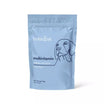



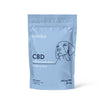
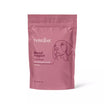


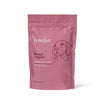
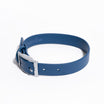

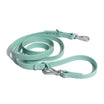






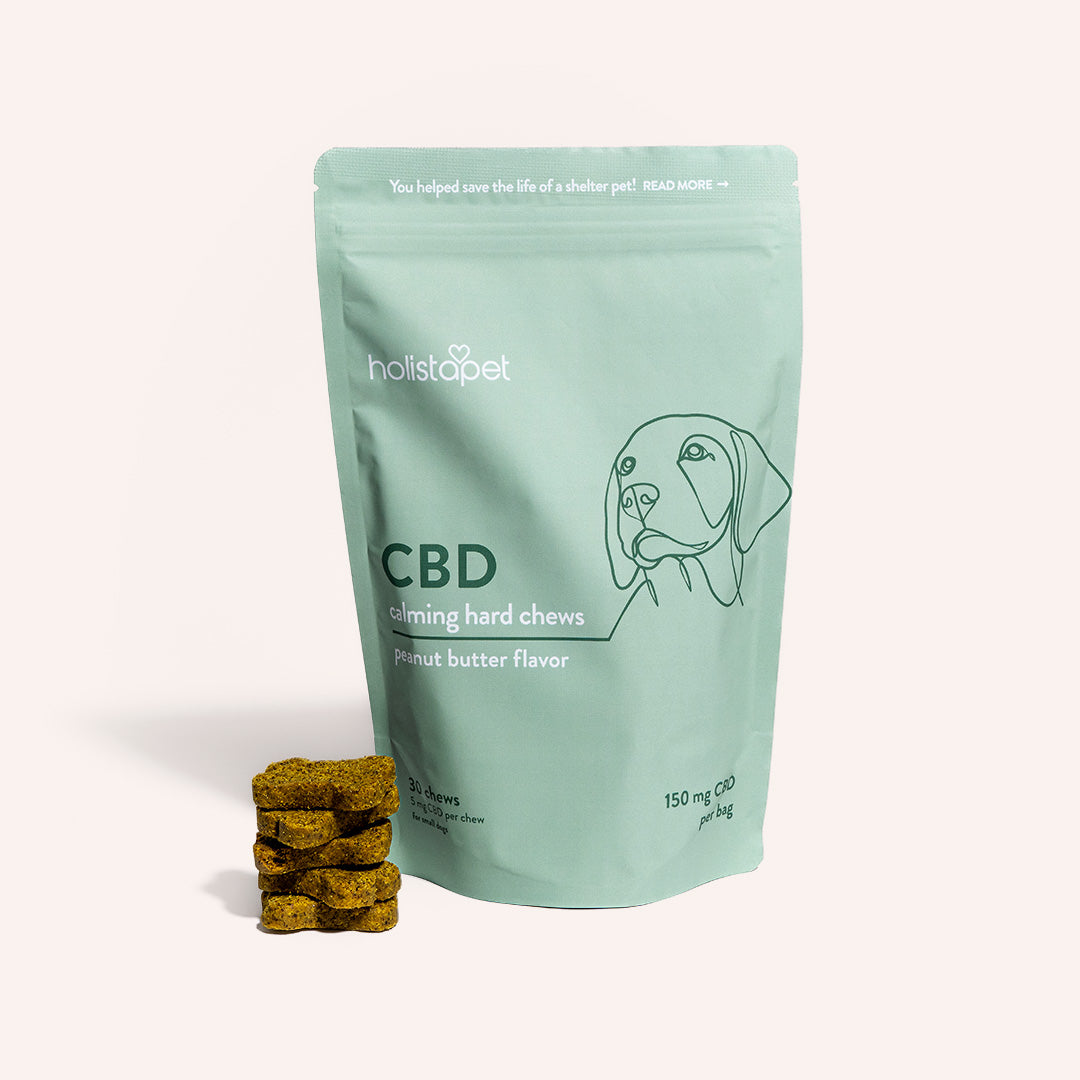
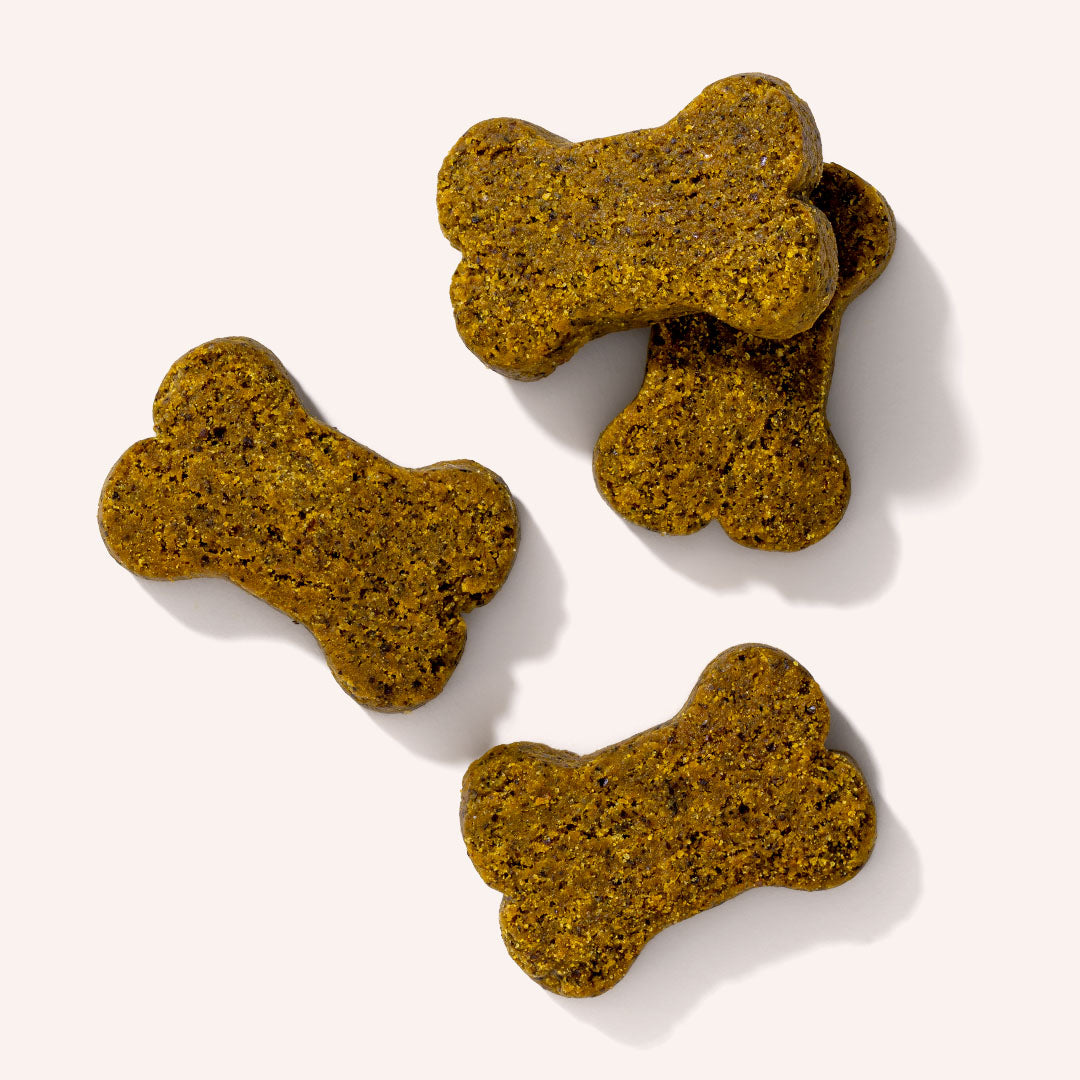

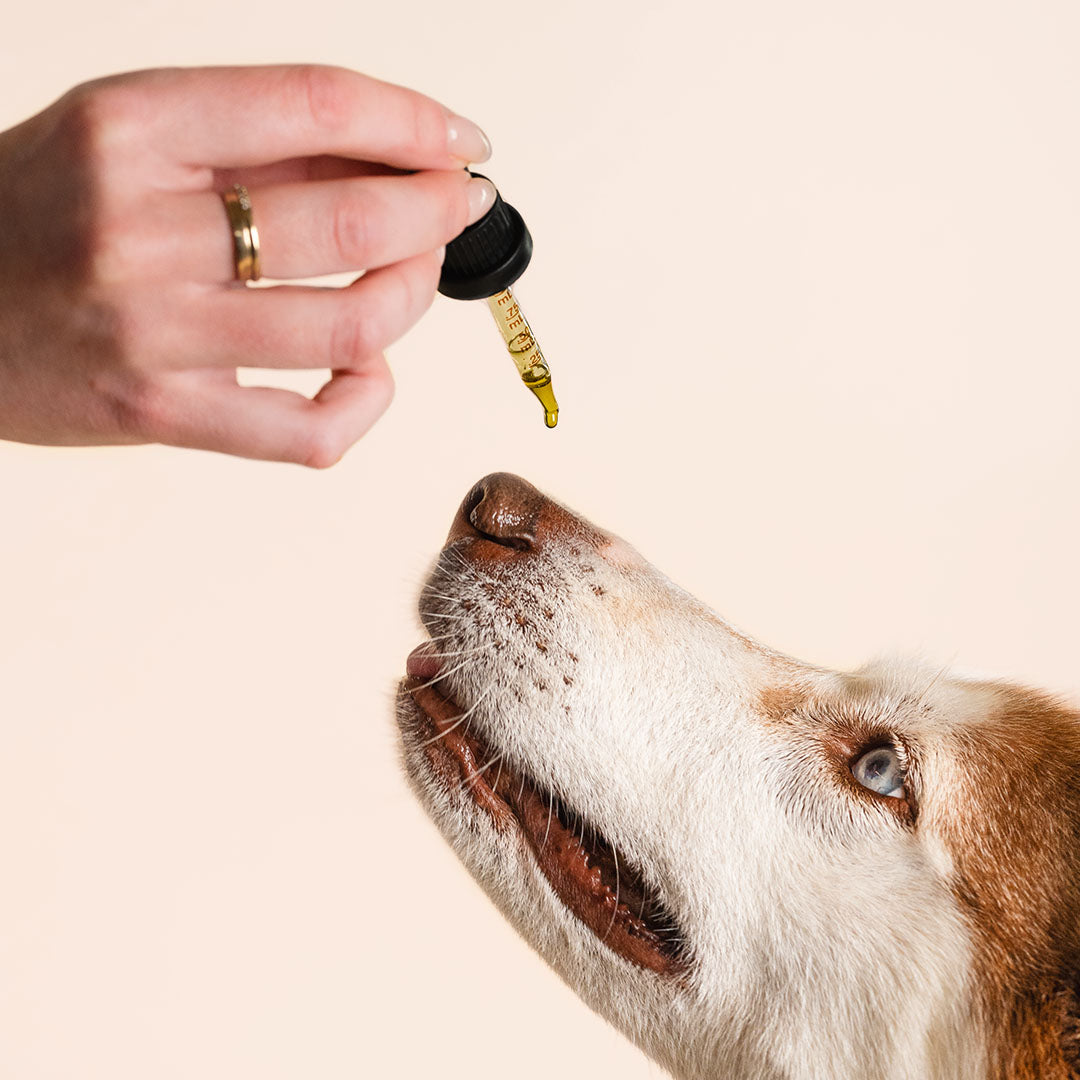
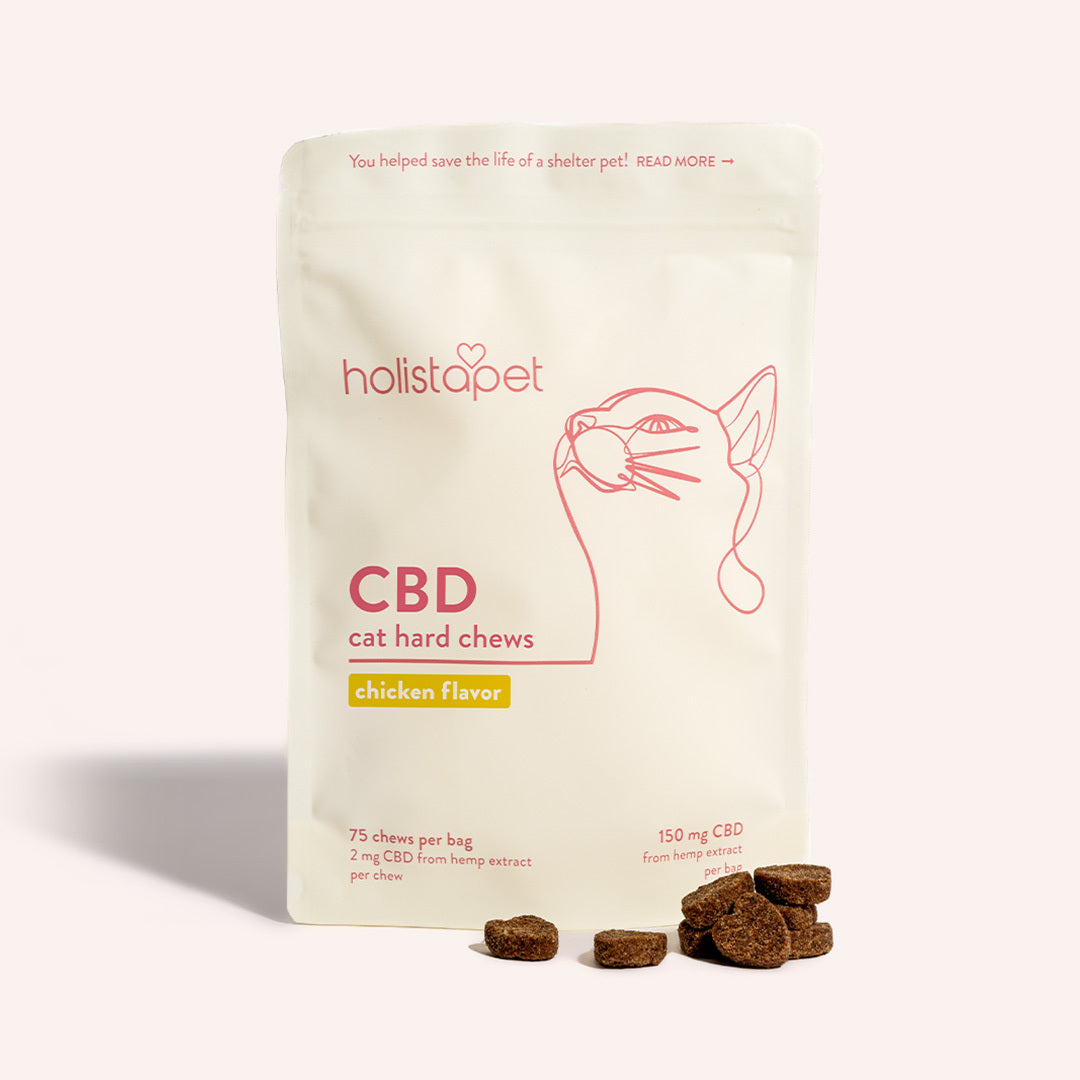
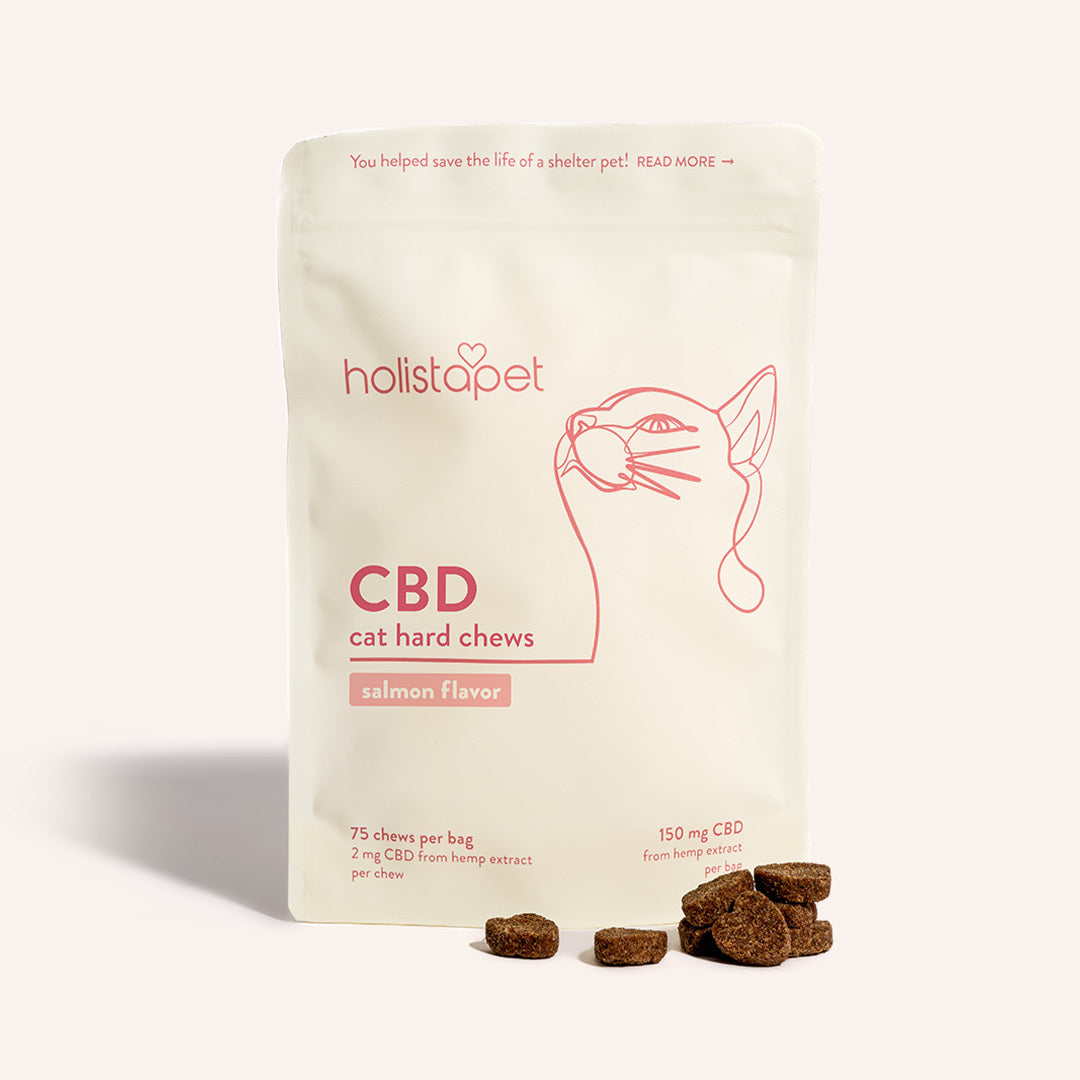
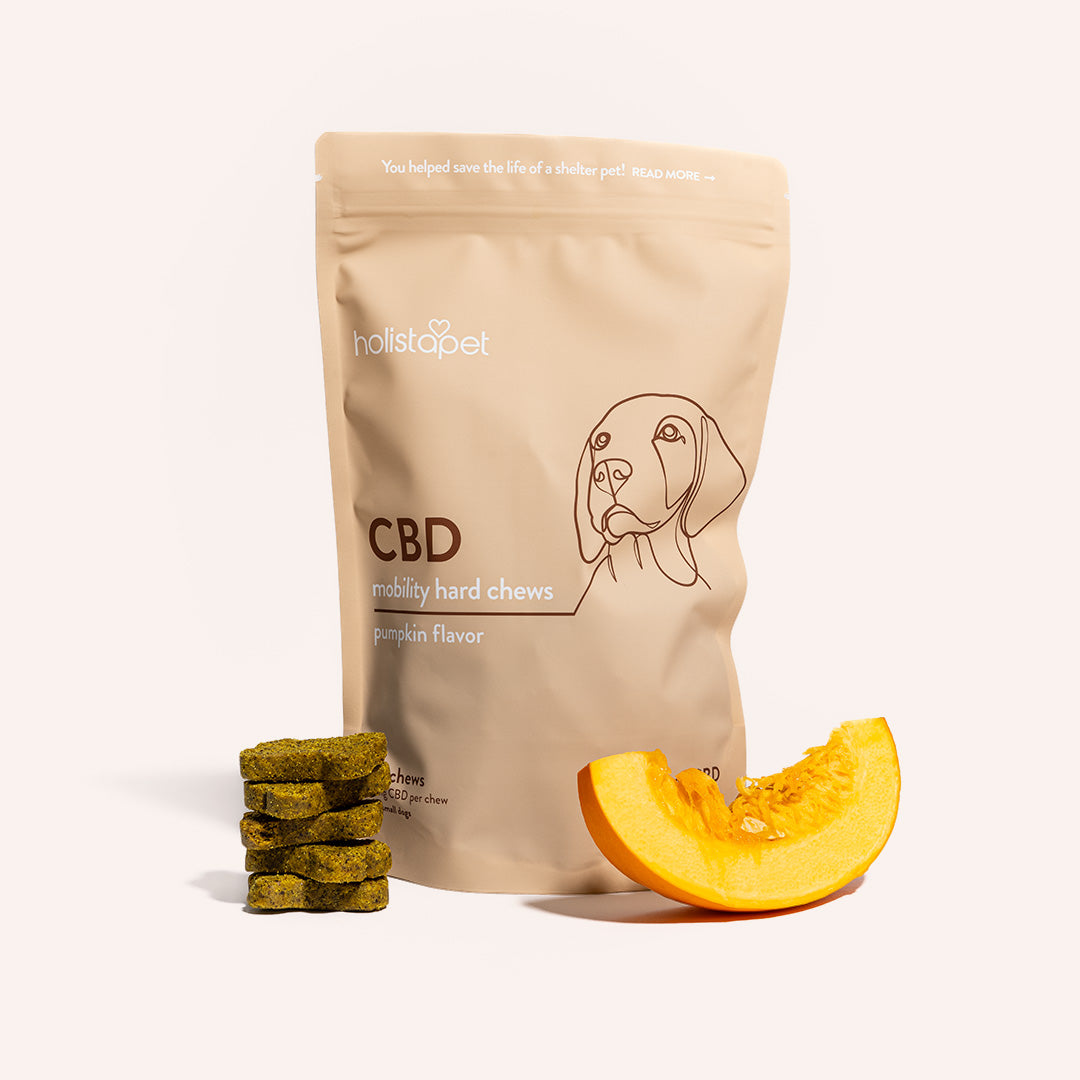
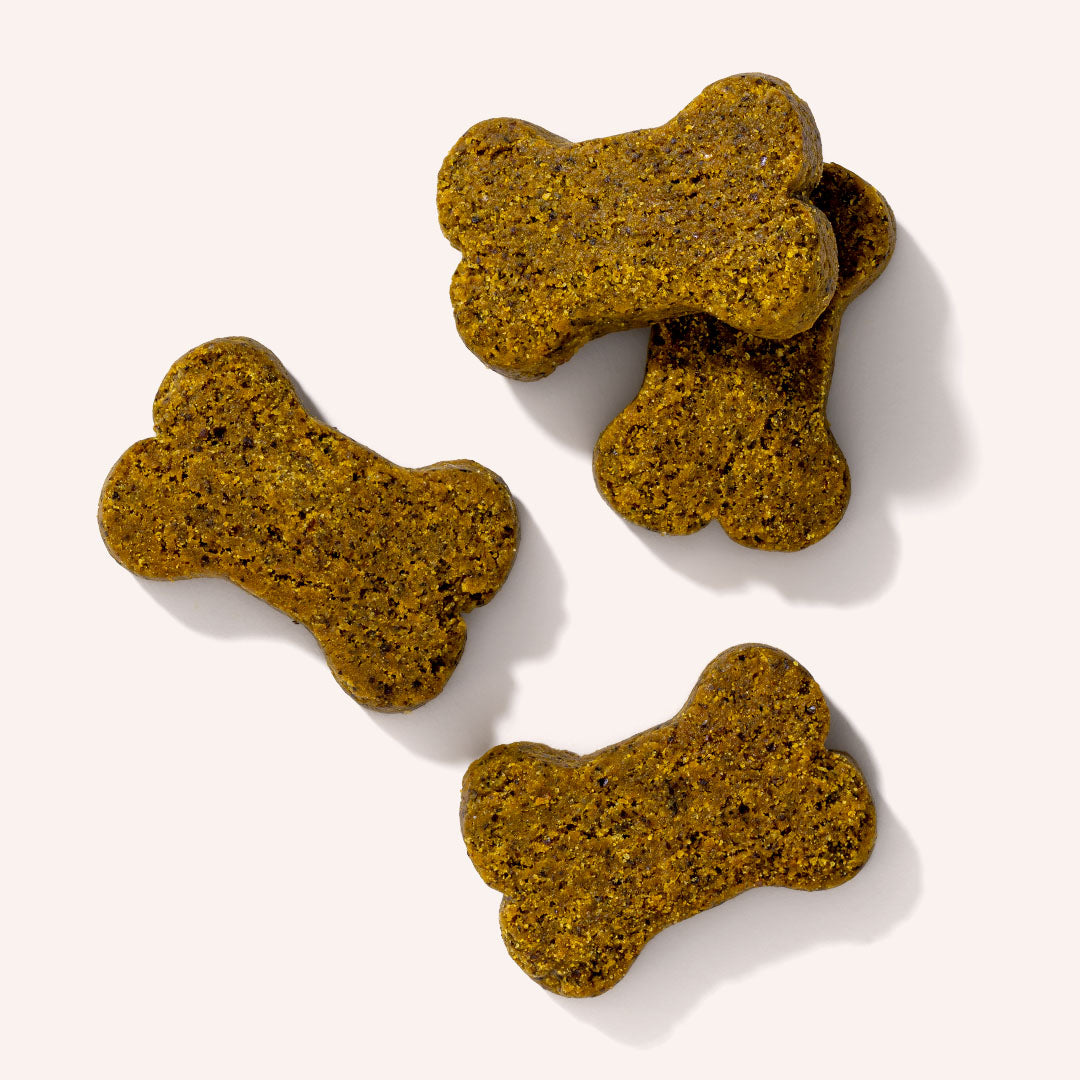

Leave a comment
All comments are moderated before being published.
This site is protected by hCaptcha and the hCaptcha Privacy Policy and Terms of Service apply.